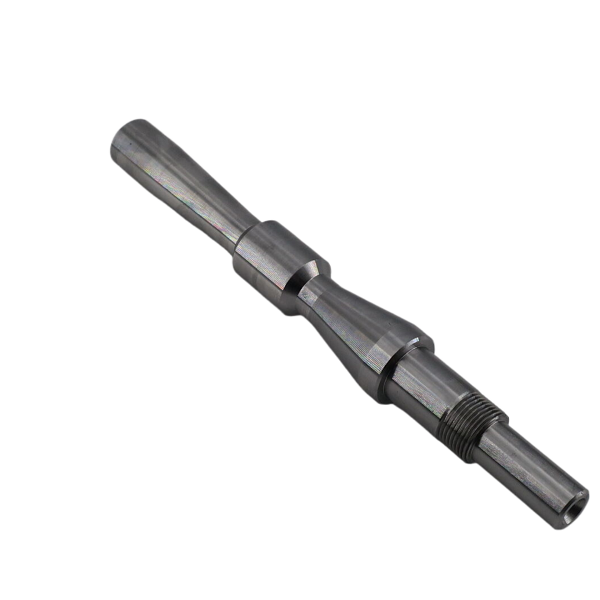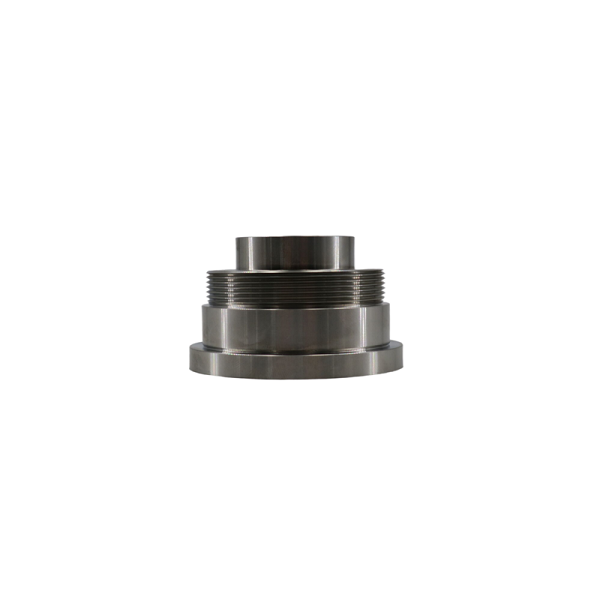Mar. 26, 2024
What is Grinding Processing?
Grinding processing is an efficient and high-precision machining method, widely used in mechanical manufacturing, aerospace, automotive, medical devices, automation, and other fields. This article will explore the principles, characteristics, and processing effects of grinding processing, aiming to provide readers with a reference for a deeper understanding of grinding processing.

I. Principles of Grinding Processing Grinding processing is a machining method that uses abrasive tools (such as grinding wheels, oilstones, etc.) to grind the surface of the workpiece. Its basic principle is to utilize the friction, engraving, and scraping action between the abrasive tool and the workpiece surface to remove material from the workpiece surface, achieving the desired dimensions, shapes, and surface quality.
II. Characteristics of Grinding Processing
• High efficiency: Grinding processing achieves very fast cutting speeds and can simultaneously process multiple surfaces, greatly enhancing processing efficiency.
• High precision: Grinding processing achieves extremely high precision and can produce workpieces with surface roughness Ra ≤ 0.1μm. Additionally, precise control over the shape, size, and position of workpieces can be achieved through grinding processing, making it widely applicable in the field of precision machining.
• Wide applicability: Grinding processing can handle materials of various hardness levels, such as hardened steel, hard alloys, ceramics, etc. Moreover, it can process various complex-shaped components like blades, turbine disks, medical instruments, etc.
• Stable processing quality: Grinding processing ensures stable processing quality with good process controllability. Since material removal in grinding processing is achieved through friction between the abrasive tool and the workpiece surface, it generates minimal cutting forces, vibration, and noise during the process.
• Requires skilled operators: Grinding processing demands operators with certain skills and experience. Due to the high cutting speeds involved, operators need rapid, accurate hand-eye coordination and the ability to select appropriate abrasive tools and cutting parameters based on the workpiece material and processing requirements.
III. Processing Effects of Grinding Processing
• Material removal rate: The material removal rate in grinding processing depends mainly on factors such as the cutting speed of the abrasive tool, abrasive grain size, and grinding depth. Typically, material removal rates in grinding processing can range from micrometers to hundreds of micrometers per minute, depending on factors such as workpiece material, processing requirements, and abrasive tool types.
• Surface roughness: Surface roughness in grinding processing is primarily influenced by factors such as abrasive grain size, grinding speed, and grinding depth. Typically, surface roughness achieved in grinding processing can be as low as Ra ≤ 0.1μm or even lower.
• Dimensional accuracy: Dimensional accuracy in grinding processing depends mainly on factors such as machine tool precision, workpiece clamping method, abrasive tool type, and cutting depth. Generally, dimensional accuracy in grinding processing can reach the micron level or even higher.
IV. Application Scope of Grinding Processing
Grinding processing finds wide applications in mechanical manufacturing, aerospace, automotive, medical equipment, and other fields. For instance:
In the aerospace industry, grinding processing is utilized for machining various high-strength, high-hardness materials such as high-temperature alloys, titanium alloys, etc., used in manufacturing aircraft components and engines.
In the automotive sector, grinding processing is employed for machining various complex automotive components like cylinder blocks, cylinder heads, crankshafts, gears, etc.
In the medical equipment domain, grinding processing is employed for machining various high-precision, high-surface-quality materials such as titanium alloys, medical-grade stainless steel, etc., used in manufacturing artificial joints, heart valves, and other medical instruments.
Grinding processing stands as an efficient and high-precision machining method with a broad application scope. It plays a crucial role in mechanical manufacturing, aerospace, automotive, medical equipment, and other industries. Despite requiring skilled operators, its advantages such as high processing efficiency, high precision, wide applicability, and stable processing quality make it an indispensable machining method in modern manufacturing.

The Six Key Steps for Making Grinding Work More Efficient:
1. Prepare Tools and Materials: Before performing grinding operations, the following tools and materials need to be prepared:
·· Abrasives: Select suitable abrasives, such as grinding wheels, according to the machining requirements.
· Machine Tools: Choose machine tools with grinding functions, such as surface grinders, cylindrical grinders, etc.
· Workpieces: Parts that need to be machined.
· Measuring Instruments: Tools used for measuring the dimensions and shapes of workpieces.
· Cutting Fluid: Used for cooling and lubricating the grinding process.
2. Clamp the Workpiece: Mount the workpiece on the machine tool fixture, ensuring the accurate position and orientation of the workpiece.
3. Adjust the Machine Parameters: Adjust the parameters of the machine tool, such as grinding wheel speed, feed rate, etc., according to the machining requirements.
4. Starting Grinding: Start the machine tool and begin the grinding operation. During the machining process, operators need to pay attention to the grinding situation and adjust cutting parameters as necessary.
5. Measure and Inspect: After grinding is completed, use measuring instruments to measure and inspect the workpiece to ensure machining quality meets requirements.
6. Maintenance and Care: Perform maintenance and care on the abrasives to ensure their cutting performance and lifespan. Additionally, conduct regular maintenance on the machine tool to ensure its accuracy and stability.
The above are the six major steps of grinding processing. By mastering this technique, we can efficiently and accurately machine various components, contributing to the development of the modern manufacturing industry.
Don’t settle for less-request your quote for high-quality grinding parts from Rollyu Precision today! Send an email with the specific drawings to shirley@rymachining.com . Free quotation will be sent to you within 24 hours.